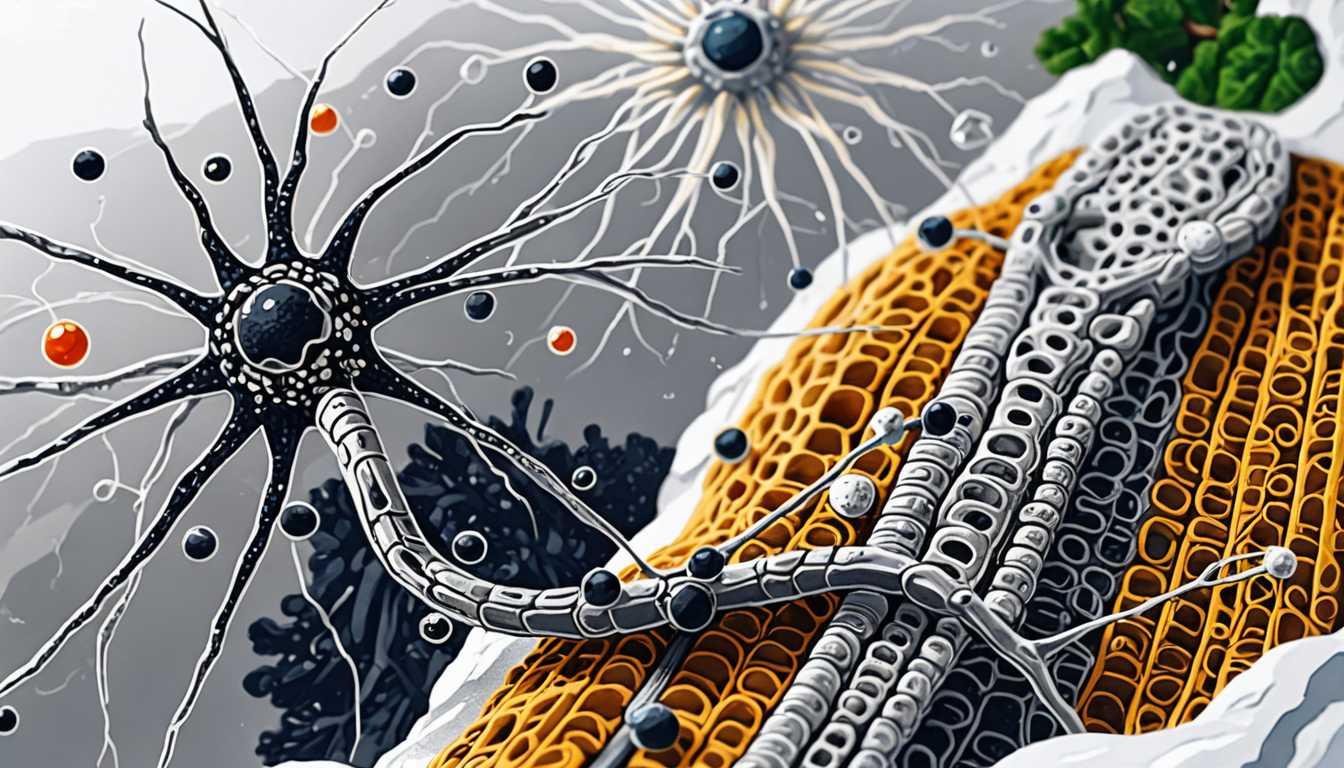Fruit Flies: Nature's Tiny Global Travelers
May 2024
Cornell News Highlights
Introduction
Hey there, future scientists! Did you know that the humble fruit fly has a secret life? Discover how these tiny creatures have traveled the globe and evolved in the coolest ways! Dive into the fascinating world of the Chinese fruit fly genomes and uncover their migratory adventures. This article from CellImage is packed with surprises that will make you see fruit flies in a whole new light—who knew they were such globetrotters?
READ FULL ARTICLEWhy It Matters
Discover how this topic shapes your world and future
The Incredible Journey of Fruit Flies!
You might think of fruit flies as little pests buzzing around your kitchen, but they have a fascinating and complex story worth exploring! The research on Drosophila melanogaster reveals how these tiny creatures have traveled the globe, mirroring human migrations and adaptations. Understanding their journey helps us appreciate the interconnectedness of life on Earth and how environmental changes impact species over time. The revelations about genetic differences among populations also open discussions about evolution, culture, and trade, showing us how history shapes the world around us. Plus, studying fruit flies can lead to breakthroughs in genetics and medicine, making this topic not only engaging but also significant for our future!
Speak like a Scholar
Genomics
The study of an organism's complete set of DNA, including all of its genes. It helps us understand genetic differences and similarities among different populations.
Commensal
An organism that benefits from a relationship with another organism without causing harm or benefiting the host. Fruit flies are commensals because they thrive on rotting fruit without harming the plants.
Gene Flow
The transfer of genetic material between populations, which can lead to genetic diversity. It's important for understanding how species adapt to new environments.
Evolutionary Pressures
Environmental factors that influence the survival and reproduction of organisms, leading to adaptations. For example, insecticides create pressures that can lead to resistance in fruit fly populations.
Ancestry Group
A group of individuals that share a common genetic heritage. The study found unique ancestry groups among fruit flies in China, indicating their long isolation.
Natural Selection
A process in which organisms better adapted to their environment tend to survive and produce more offspring. It’s a key mechanism of evolution, explaining how species change over time.
Independent Research Ideas
The Role of Agriculture in Species Distribution
Investigate how the development of agriculture has influenced the spread of various organisms, including fruit flies, and what that means for biodiversity.
Comparative Genomics of Drosophila
Explore the genetic differences and similarities between fruit flies and other species, focusing on adaptations to different environments or challenges.
The Impact of Environmental Change on Insect Populations
Examine how climate change and urbanization affect the distribution and behavior of fruit flies and other insects in your local area.
Cultural Exchange and Its Biological Implications
Analyze how trade between different cultures has affected the migration and genetic diversity of fruit flies and other commensal organisms.
Resistance Mechanisms in Insects
Study the genetic changes that lead to insecticide resistance in various insect populations, using fruit flies as a model for understanding broader ecological impacts.
Related Articles

Revolutionary Adhesive: No More Scarring!
May 2024
MIT News

B Cells: Cancer's Nemesis Revealed
May 2024
University of Oxford

Genetic Keys to Diabetes Unveiled
October 2023
Cornell University

Decoding ALS: MIT's Groundbreaking Study
May 2024
Massachusetts Institute of Technology (MIT)

Fasting: A Gut’s Best Friend or Foe?
October 2024
MIT Technology Review